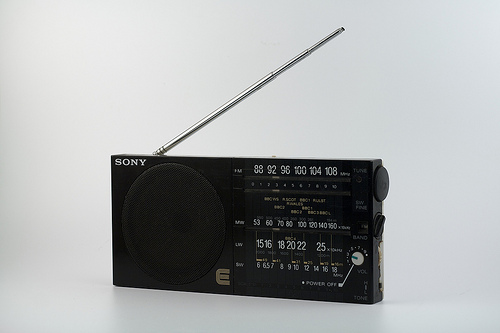Analogue natives
I went to see the wonderful Sarah Angliss at the (equally wonderful) Catalyst Club on Wednesday. She started her talk with an observation about the expression ‘digital natives’. Paraphrasing : this expression has come into popular use over the last 5 years to denote a new generation of young people who have never known anything but a networked world; who grew up post-web.
People who use this expression often go on to say that this generation has a new perspective, set of skills and expectations that older generations do not have (and can’t acquire). Largely, expectations of instant access to content and answers, and skills of digital discovery, communication and creation.
This generation is usually considered better able to thrive in the modern world. By implication, older generations are less able to cope. That’s a debatable point; I certainly don’t feel any lack of ability, especially compared to the digital natives I know, but I am on the cusp, so maybe I’m not the best example of an ‘analogue native’.
But regardless, there is something interesting left unsaid here, which is that analogue natives have a perspective, set of skills and expectations that younger generations do not have (and can’t acquire). Analogue media have qualities and affordances that we can explore and exploit, and those are missing from digital media.
I thought this was a refreshing insight, and a useful new perspective on an expression which is trotted out all too regularly. Sarah went on to give a fascinating talk about analogue noise through modern history, and the ways in which we’ve attempted to find signal in that noise.
It reminded my of something I wrote a couple of years ago, as part of a series of small celebrations of physical things I own and love – old objects that have value, and that I don’t want to replace with the newer, shinier alternatives. So I thought I’d dig it out and dust it off. It also gave me an excuse to use my new photo lamp to shoot the portrait below.
Sony Radio
I got this radio as a Christmas present. I must have been about 12 or 13 at the time. I vividly remember my feelings of excitement as I ripped off the wrapping paper, followed by a wave of disappointment as I realised it was not a cassette deck, and therefore useless.
I had no real concept of what a radio was, or why it might be interesting to listen to. All I knew was that this machine couldn’t play tapes. So it languished in its box for many years until I started listening to the radio. And slowly, I came to appreciate it.
The fact that I could tune into short wave and hear mysterious foreign stations, whistling bleeping noise and covert spy transmissions. The satisfying click of the volume dial as I rolled it between the on and off positions. The smooth black facade and chunky white rear panel. Most of all, the indulgent typography of the radio frequencies used to decorate the tuning area.
And this appreciation grew despite its knocks. The plastic safety cap on the end of the arial must have lasted about a week. At some point I managed to gouge a deep scratch through that lovely type on the facade.
I’ve got a DAB radio now. It does the job, but I don’t get any pleasure from the radio itself. It plays the stations it wants to play — no sweeping between short wave bleeps on a dark night. It’s resolutely tethered to the wall via its power cable. (The Sony takes 4 AAs that last for a month). It’s ugly. It will be superseded too quickly. It’s unlovable. The Sony is an old friend.
